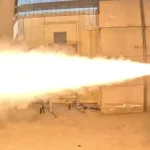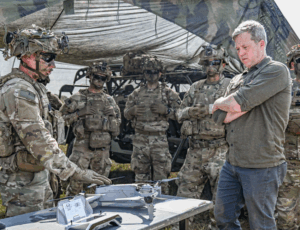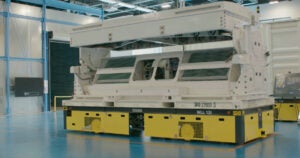
The U.S. Air Force in fiscal 2023 is requesting almost $981 million for the Raytheon Technologies' [RTX] Long Range Standoff Missile (LRSO), nearly $382 million more than appropriated by Congress in fiscal 2022 and more than $615 million more than in fiscal 2021. Of the $980.8 million the Air Force asks in fiscal 2023 for LRSO, about $52 million looks to be for long-lead acquisition items for the next generation nuclear cruise missile. Last July, the Air Force awarded Raytheon's…














